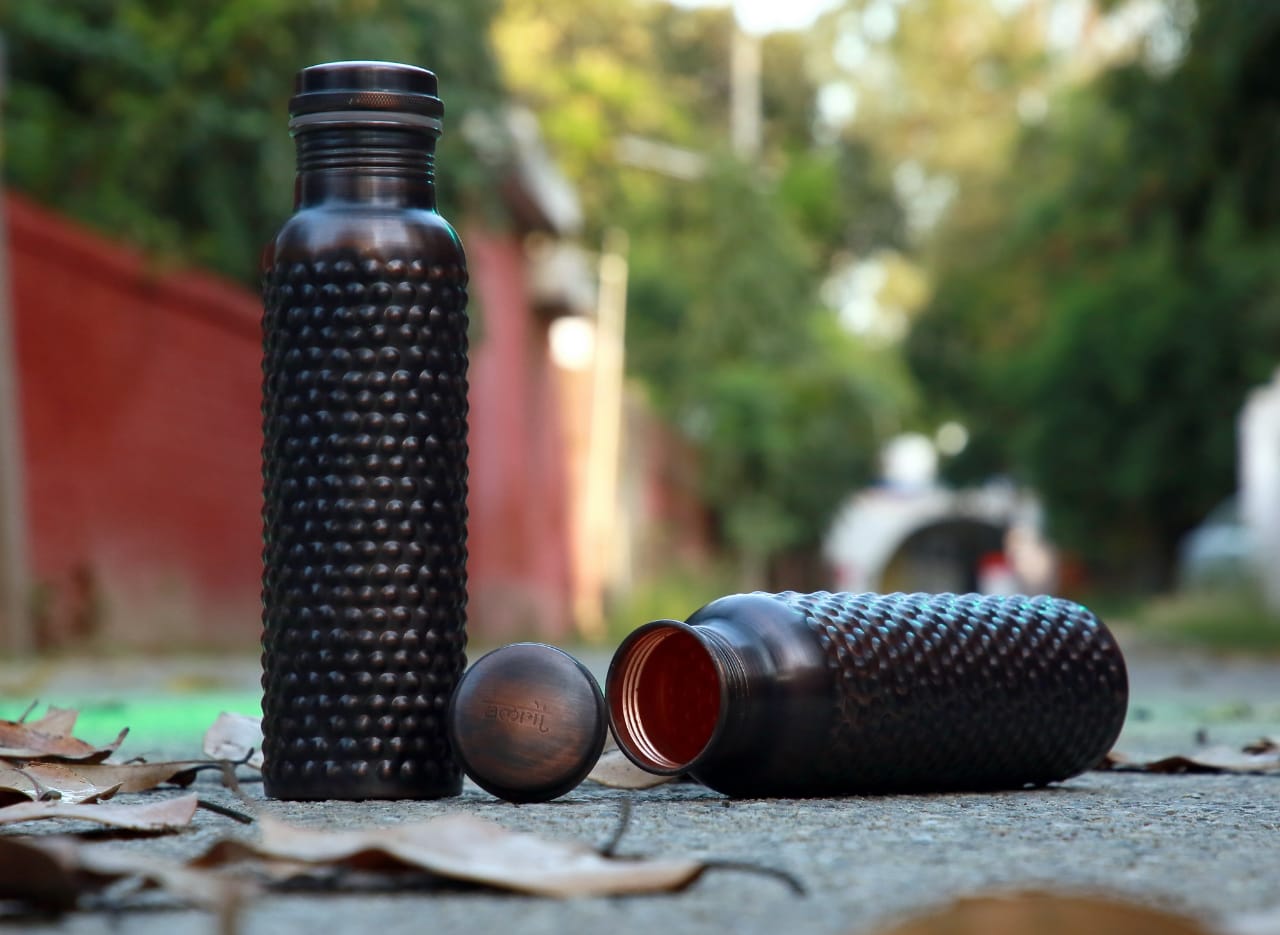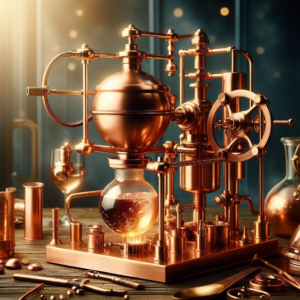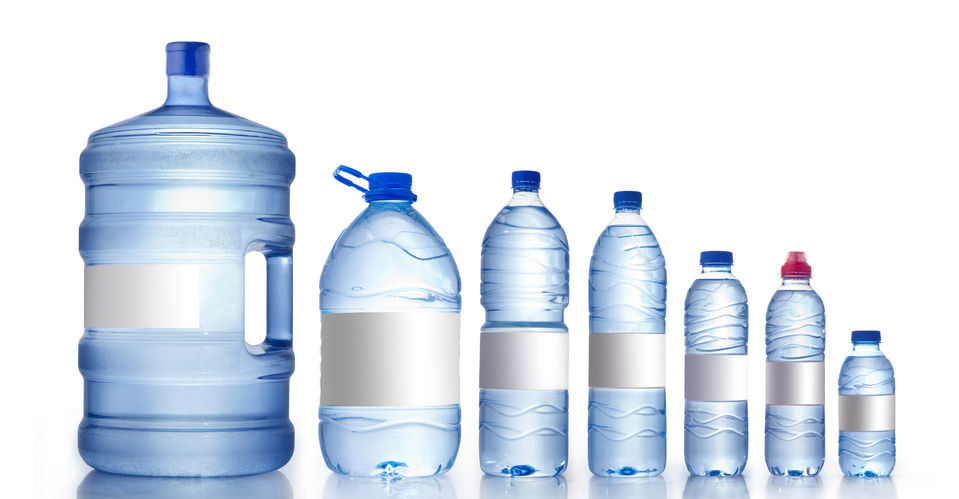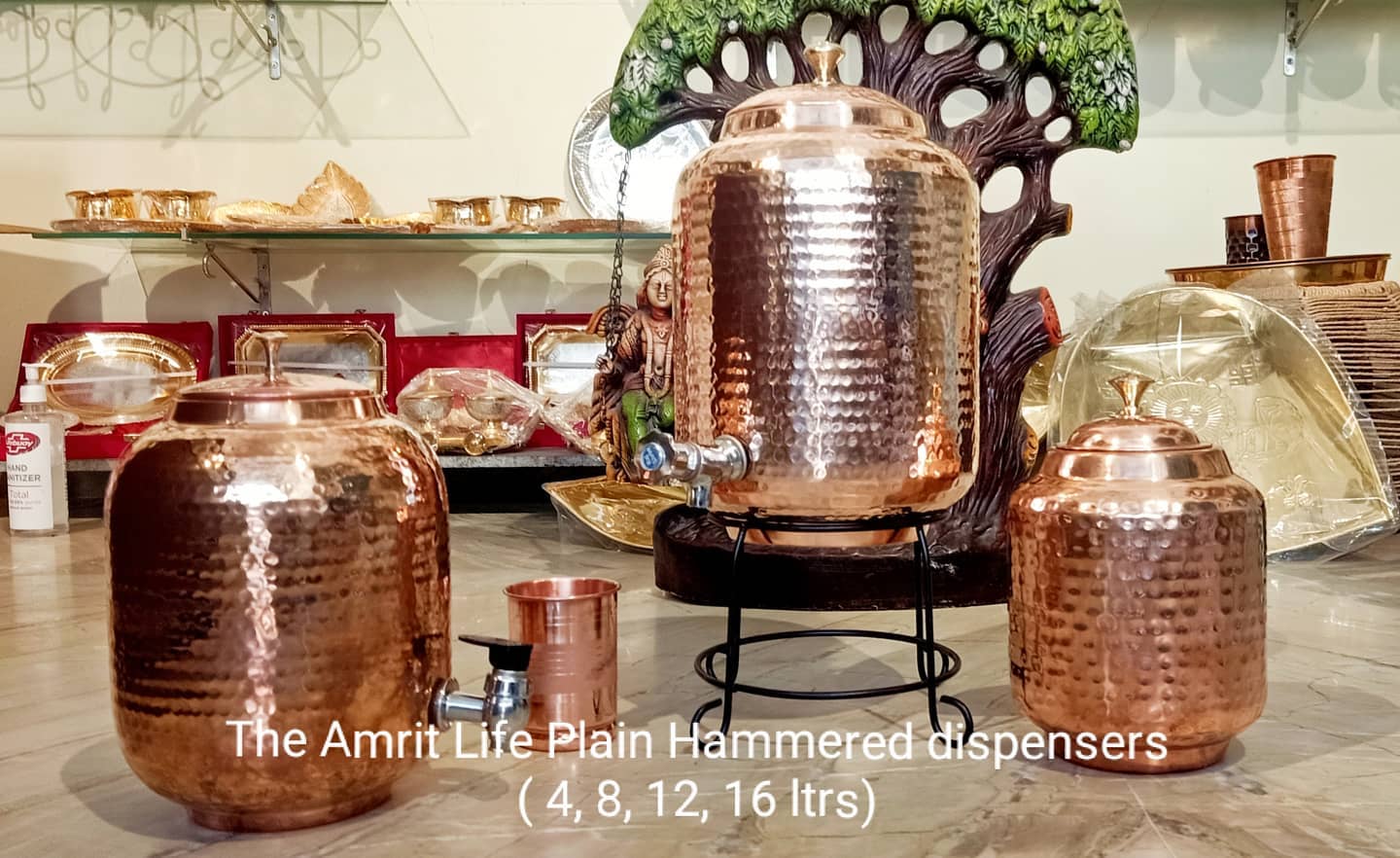Copper water has been a staple in human civilization for thousands of years, with its earliest applications dating back to the mid-5th millennium B.C. Ancient Egyptians utilized copper to disinfect wounds and surgical tools, while other early societies used it to create tools and ornaments.Today, copper remains an integral part of our daily lives, found in everything from electrical wiring and plumbing to nutritional supplements and antimicrobial surfaces.
This blog aims to unveil the enduring significance of copper, not just as a functional metal, but as a contributor to health and wellness. Readers will learn about the historical context of copper, its modern uses, and the potential health benefits it offers when incorporated into daily life, such as aiding in red blood cell formation, supporting immune function, and contributing to bone health.
The Benefits of Copper Water Bottles
Copper water bottles are gaining popularity for their potential health benefits.
Here’s a summary of the advantages they may offer:
Antibacterial Properties: Copper has been shown to have antibacterial effects, which may help in reducing the presence of harmful bacteria in water.
Supporting Immune System: Regular consumption of water stored in pure copper bottles may contribute to a stronger immune system, helping to fend off common illnesses.
Aiding Digestion: Copper possesses properties that could aid in killing harmful bacteria and reduce inflammation in the stomach, potentially improving digestion.
Improving Joint Health: While there are claims that water stored in copper vessels can improve joint health, the scientific evidence to support these claims is not robust.
Enhancing Skin Health: Copper peptides are known for their skin health benefits, including promoting collagen production, which can lead to firmer and smoother skin.
It’s important to note that while these benefits are associated with copper, using copper water bottles should be done with caution to avoid excessive copper intake. Always consult with a healthcare professional for personalized advice.
How to Use Your Copper Water Bottle
Using a copper water bottle is simple, but there are some best practices to ensure you get the most out of its benefits:
Filling and Storing Water:
- Fill the bottle with clean drinking water.
- Store the water in the pure copper bottle for about 6 to 8 hours before drinking. This allows time for the copper ions to leach into the water and exert their antibacterial effects.
Daily Usage Tips:
- Drink this water first thing in the morning on an empty stomach for optimal benefits.
- Do not store the water in the copper bottle for more than 8 hours, as this could lead to an excessive intake of copper.
- Ensure the bottle is made of pure copper and not lined with other metals or materials.
Understanding the Oligodynamic Effect: The oligodynamic effect refers to the biocidal impact of metals, like copper, which occurs even in low concentrations. Copper ions absorbed by bacteria upon contact can damage their cell membranes, leading to the antibacterial properties of copper water bottles. This effect is what makes copper effective in purifying water and contributing to its health benefits.
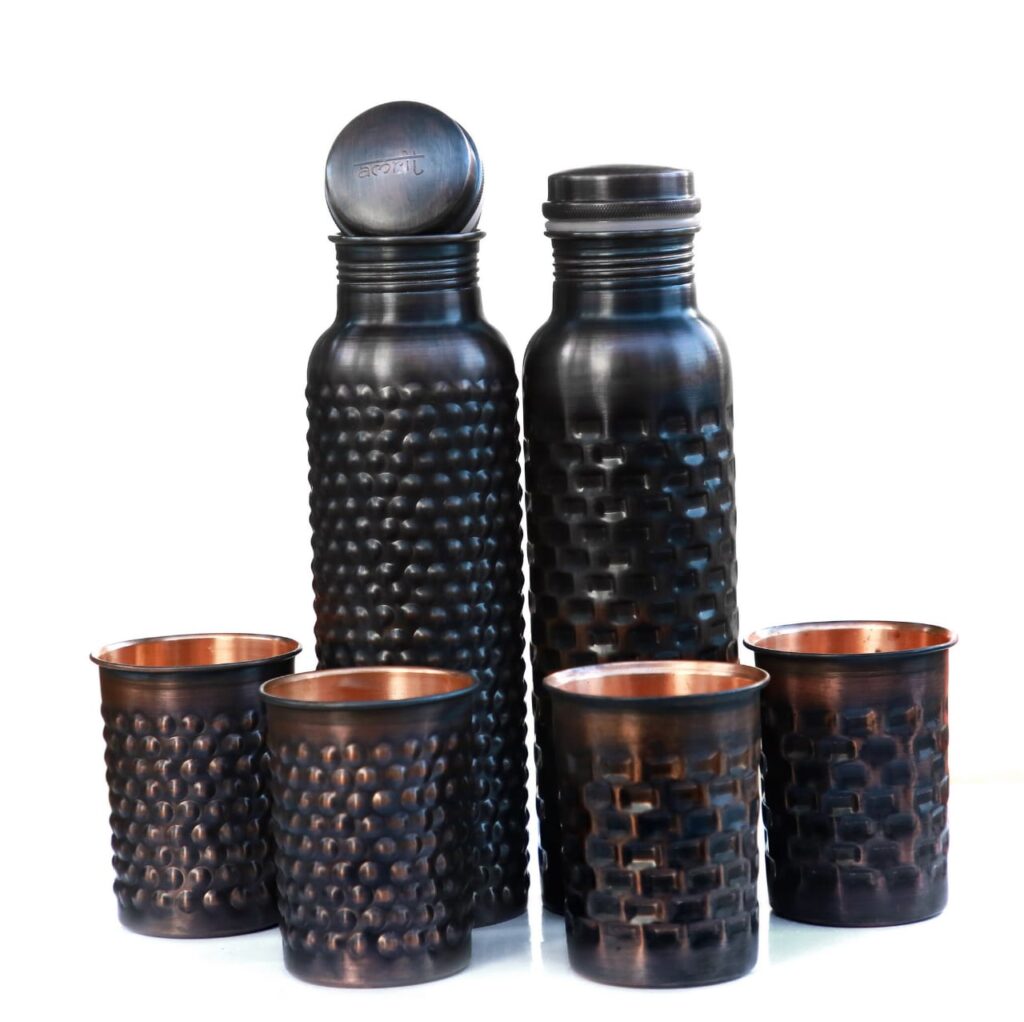
Cleaning and Maintenance
Maintaining your copper water bottle is essential for its longevity and the quality of the water you drink. Here’s a guide to routine and deep cleaning, as well as using natural cleaning agents like lemon and salt:
Routine Cleaning:
- Daily Care: Gently wash your copper bottle with soap and water every day, ensuring to rinse it completely and dry it with a soft towel.
- Avoid Abrasives: Do not scrub your bottle with anything abrasive to maintain its shine.
Deep Cleaning Methods:
- Lemon and Salt: For a deeper clean, use a mixture of lemon juice and salt. This natural combination works effectively to remove tarnish and restore shine.
- Vinegar Option: Alternatively, you can use vinegar in place of lemon juice for similar results.
Using Lemon and Salt:
- Preparation: Mix the juice of half a lemon with a tablespoon of salt in a cup of water.
- Cleaning Process: Pour the mixture into the bottle, close the lid, and shake vigorously for about 30 seconds. Then, empty and rinse thoroughly with clean water.
By following these steps, you can keep your copper water bottle clean and in good condition, ensuring you can enjoy its benefits for a long time. Remember, regular maintenance is key to preventing tarnish and maintaining the bottle’s antibacterial properties.
Choosing the Right Copper Water Bottle
Choosing the right copper water bottles involves looking for quality markers that indicate a genuine product. Here’s what to consider:
Quality Markers to Look For:
- Thickness: A Pure copper bottle should have a substantial feel, indicating a decent thickness of the metal.
- Craftsmanship: Look for even seams and a smooth finish, which suggest careful manufacturing.
- Purity: Ensure there are no other metals mixed in. Pure copper bottles will have a uniform reddish-gold color.
Identifying Genuine Copper:
- Color Test: Copper has a distinct reddish-brown hue. If it looks too yellow, it might be brass.
- Magnet Test: Copper is not magnetic. If a magnet sticks to the bottle, it’s not pure copper.
- Weight and Sound: Copper has a unique weight and sound. If the bottle feels too light or sounds tinny when tapped, it may not be genuine.
- Oxidation: Over time, genuine copper develops a green patina when exposed to air and moisture.
Long-Term Care and Maintenance
Maintaining your copper water bottle properly can help prevent oxidation and tarnish, ensuring its longevity and effectiveness. Here are some tips for long-term care:
Preventing Oxidation and Tarnish:
- Regular Cleaning: Wash your bottle regularly with a mixture of lemon juice and salt or baking soda and vinegar to prevent tarnish.
- Dry Storage: Store your copper bottle in a cool, dry place away from direct sunlight to minimize oxidation.
- Avoid Harsh Chemicals: Use natural cleaning agents and avoid abrasive materials that can damage the copper surface.
When to Replace Your Copper Water Bottle:
- Signs of Damage: If you notice any signs of damage or corrosion that cannot be cleaned, it’s time to replace your bottle.
- Effectiveness: If the bottle no longer seems to have its antibacterial properties, consider getting a new one.
- Regular Intervals: Even with proper care, it’s a good idea to replace your copper water bottle every few years to ensure the best health benefits.
Conclusion
Copper water bottles offer a harmonious blend of traditional wisdom and modern convenience. Embracing the ancient practice of storing water in copper vessels, these bottles not only enhance the quality of drinking water but also contribute to overall well-being by infusing water with copper’s natural antibacterial and alkalizing properties. Proper usage involves filling the bottle with water and allowing it to rest, avoiding acidic substances that may react with coppers.
Care is straightforward, requiring regular cleaning with natural ingredients like lemon and salt or tamarind to maintain its efficacy and luster. By choosing a copper waters bottle, one not only invests in personal health but also supports environmental sustainability by reducing reliance on disposable plastic bottles. Ultimately, the essential guide to copper water bottles serves as a testament to the timeless value of this elegant solution for daily hydration needs.

